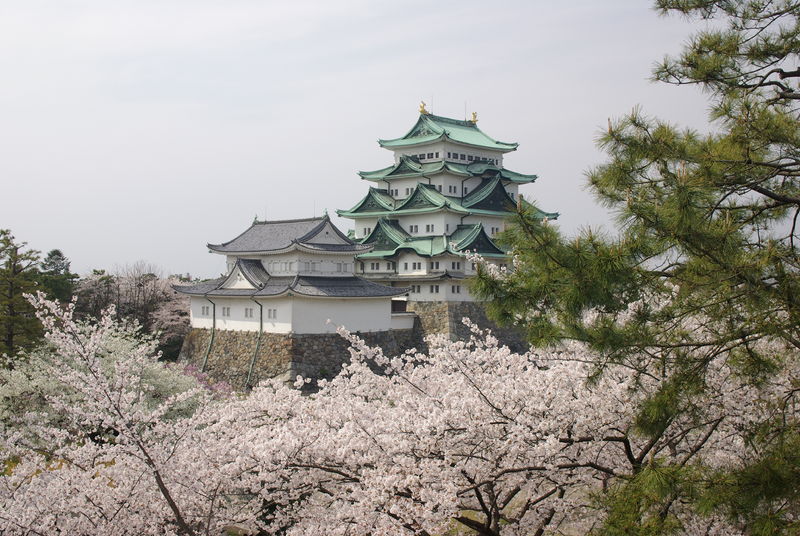Science News
Nagoya Protocol

The Convention on Biological Diversity (CBD) in Nagoya, Japan came to an end in the wee morning hours of October 30th, with some positive results.
Started in 1993, the convention “represents a dramatic step forward in the conservation of biological diversity, the sustainable use of its components, and the fair and equitable sharing of benefits arising from the use of genetic resources,” according to its website.
Delegates from 179 countries spent two weeks arriving at an agreement. From the New York Times:
The agreement, known as the Nagoya Protocol, sets a goal of cutting the current extinction rate by half or more by 2020. The earth is losing species at 100 to 1,000 times the historical average, according to scientists who call the current period the worst since the dinosaurs were lost 65 million years ago.
For the conservation effort, several key targets were set, including (from Nature):
• Cut the rate of loss of natural habitats, including forests, by at least half
• Increase terrestrial nature reserves from 13% to 17% of the world’s land area
• Increase marine and coastal nature reserves from 1% to 10% of the world’s seas
• Restore at least 15% of the areas where biodiversity is classed as ‘degraded’
• Safeguard at least 75% of threatened plant species in collections
On the sustainable side, according to ScienceInsider:
Other targets call for eliminating subsidies harmful to biodiversity, managing fisheries sustainably, and minimizing anthropogenic pressures on coral reefs.
One of the sticking points to the agreement was over the sharing of genetic resources. These are materials found in plants and animals and sold commercially, for items like pharmaceuticals. The idea within CBD is that the richer nations using these resources in pricey drugs would share the income with the developing nations and indigenous peoples from whom these materials come. You can read more about the issue in this ScienceInsider article.
Another point to come out of the agreement is a moratorium on geoengineering “until there is an adequate scientific basis on which to justify such activities and appropriate consideration of the associated risks.” It’s more a political stance than law, but comes at a time when the debates of altering climate to save the world from climate change are a hot topic.
Despite the fact they were hoping for larger protections, conservationists agree that the commitment to the Nagoya Protocol is a small step in the right direction.